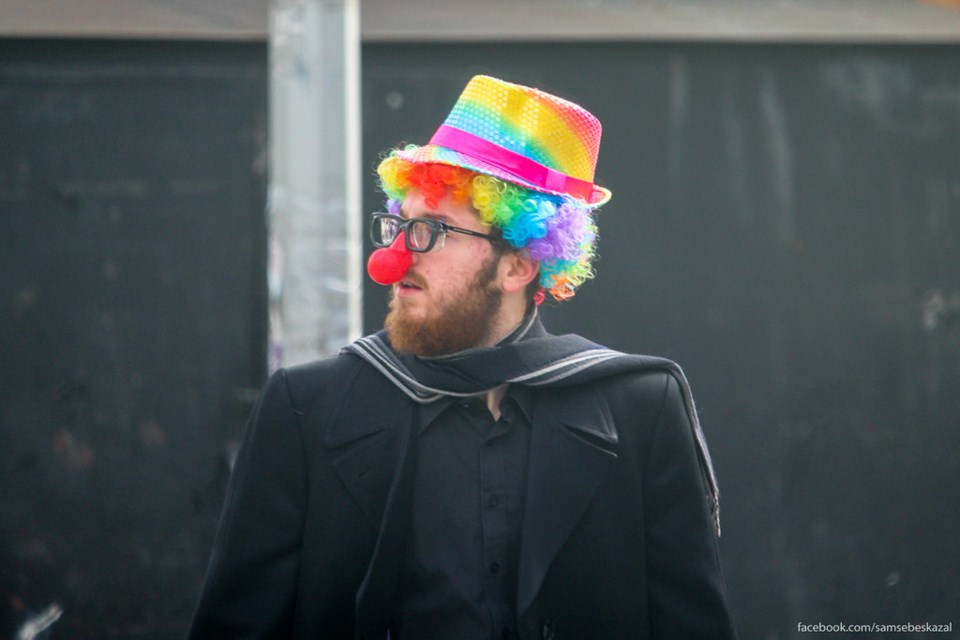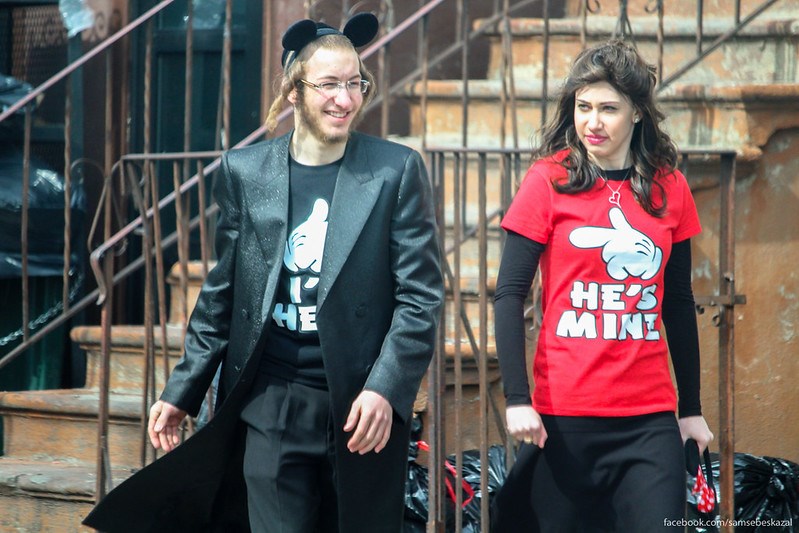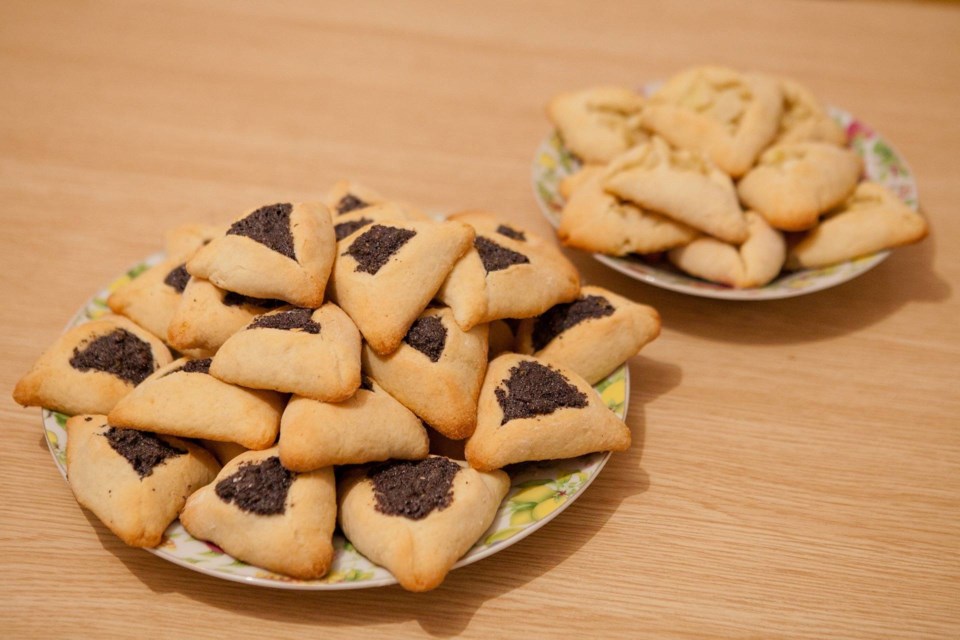March 6 marks the first day of the Jewish celebration of Purim, which begins at sundown.
Purim is a lively, carnival-like Jewish holiday that features costume parties, parades and exchanging sweet treats between friends and family. During the holiday, it is also customary to give gifts to people in need. In Brooklyn's historically Jewish neighborhoods like Williamsburg and Crown Heights, you can expect to see decorations and people in fun costumes.
However, this lighthearted merrymaking has a sober origin story: Purim commemorates the day the Jewish people out-foxed a royal advisor in Persia, named Haman, who wanted to kill all the Jewish people in the empire. The word "Purim" means "lots" and refers to the lottery that Haman used to choose the date for the massacre, which was around the year 357 BCE.
Haman was the adviser to King Achashverosh, who was initially on board with the deadly plan. But, Haman's plans were foiled by Mordecai, who overheard the royals discussing it. Mordecai put his cousin Esther up to the job of winning over the king to become queen of Persia and stopped the scheme from the inside.
Esther hid her true identity as a Jew, until she bravely advocated for her people at the risk of death. The king was forced to spare the Jews on behalf of Esther. The day of deliverance became a day of feasting, gladness and rejoicing.
Purim is celebrated on the 14th day of the Hebrew month of Adar, usually in February or March. The 13th of Adar is the day that Haman chose to exterminate the Jews and the day that the Jews battled their enemies. On the 14th, they celebrated their survival.
Purim is celebrated by exchanging reciprocal gifts of food and drink, donating charity to the poor and eating a celebratory meal. During the holiday, there are spirited readings of the Scroll of Esther — called the Megillah — all across the city, usually in synagogue, with noisemakers to drown out Haman's name, every time the oppressor is mentioned. Costume parties, drinking and merrymaking ensue.
It is traditional on Purim to eat Hamantaschen cookies, which are triangular to represent Haman’s three-cornered hat. They are traditionally stuffed with sweet fillings made from poppy seeds, jams, chocolate, marshmellows and more.
Purim is a reminder that in every generation, there are tyrants that must be stamped out and that goodness will always prevail. In modern times, there have been two significant figures – Hitler and Stalin – who have threatened the Jewish people, and there are echoes of Purim in their stories.
A story is told in the Crown Heights Chabad of a 1953 Purim: The Rebbe led a Purim gathering and was asked to bless the Jews of the Soviet Union, who were known to be in great danger. The Rebbe instead told a cryptic story about a man who was voting in the Soviet Union and heard people cheering for the candidate, "Hoorah! Hoorah!"
The man did not want to cheer but was afraid not to cheer, so he said "hoorah," but in his heart, he meant it in Hebrew: hu ra, which means, "he is evil"! The crowd at the Rebbe's 1953 gathering began chanting "hu ra!" regarding Stalin, and that night, Stalin suffered a stroke that lead to his death a few days later.
Happy Purim, Brooklyn!






